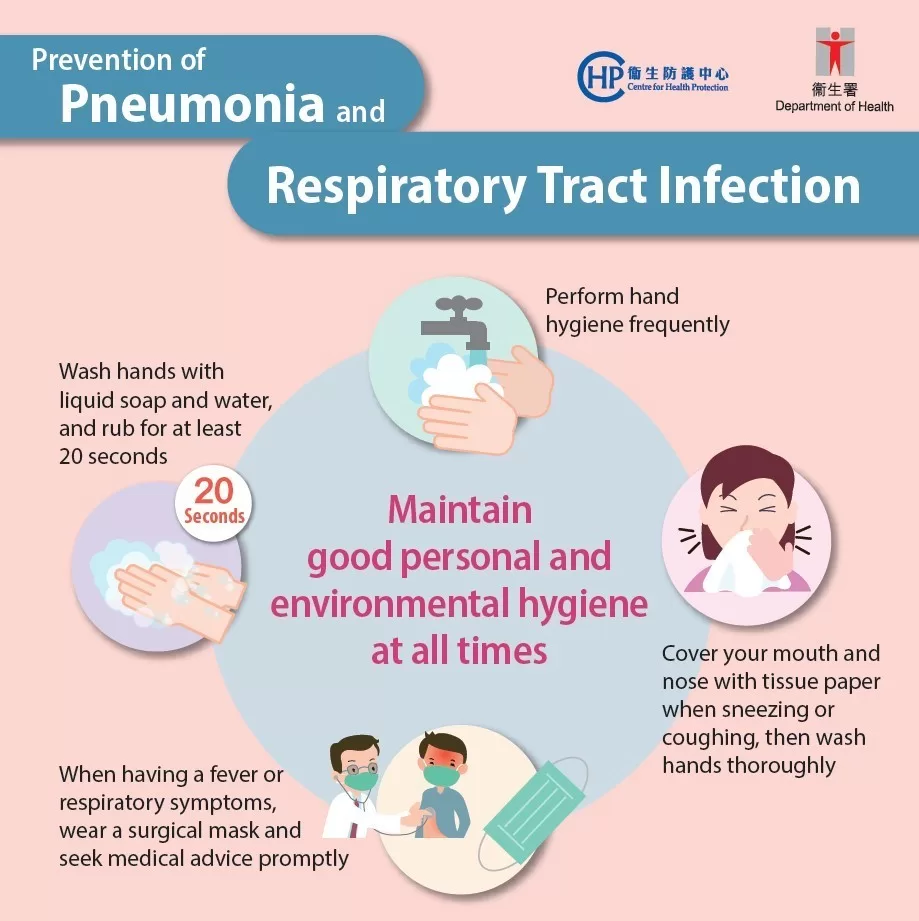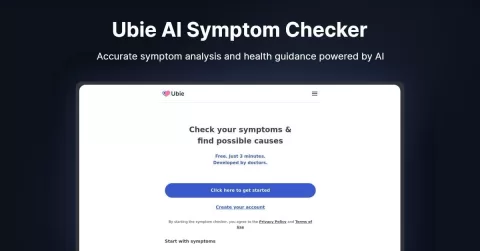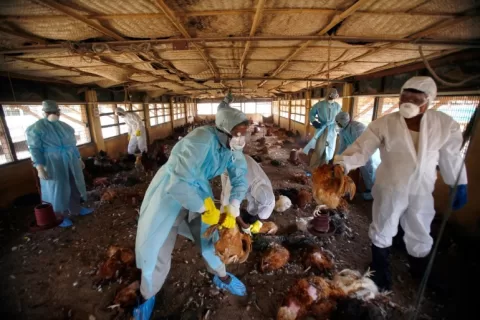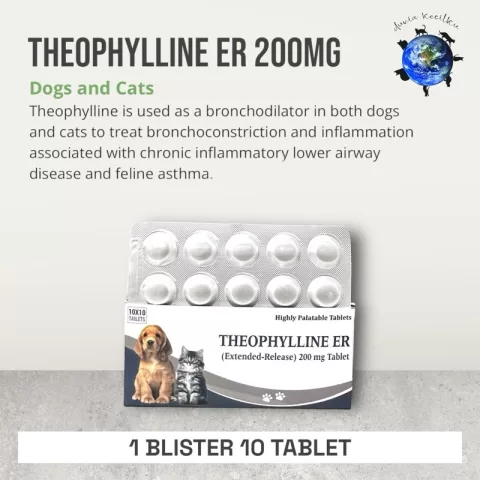Pneumonia prevention is critical in safeguarding both adults and children from this serious lung infection, especially with recent upticks in infection rates. Understanding how to prevent pneumonia is essential, as the disease has disproportionately affected young children in recent years, raising concerns among parents and healthcare professionals alike. Vaccines for pneumonia play a vital role in protecting vulnerable populations, particularly those under 5 years old, where pneumonia symptoms can lead to serious complications. With pneumonia being highly contagious, knowing effective prevention strategies is not just important for individual health but also for community well-being. This article explores pneumonia prevention methods, highlighting actionable tips and the significance of early intervention in managing pneumonia treatment.
Preventing lung infections is essential for maintaining respiratory health, particularly in light of the rise in pneumonia cases across various demographics. Effective strategies for reducing the risk of pneumonia in children and adults include vaccination and meticulous hygiene practices. The symptoms of pneumonia can often go unnoticed, making awareness a key component of effective treatment as well. This article outlines various ways to minimize exposure to pneumonia-causing pathogens while emphasizing the importance of vaccines. By promoting good health practices and timely medical intervention, we can reduce the incidence of this dangerous illness.
Understanding Pneumonia: Causes and Types
Pneumonia is a lung infection that affects millions globally, with a variety of causes ranging from bacteria and viruses to fungi. Two of the most significant culprits behind pneumonia outbreaks include Mycoplasma pneumoniae, which causes milder forms of pneumonia, commonly known as walking pneumonia, and Streptococcus pneumoniae, known for more severe cases. This increased prevalence has made understanding the origins and types of pneumonia more crucial, especially during recent surges, prompting public health officials to provide insights into how pneumonia spreads and how it can be prevented.
The rising number of pneumonia cases, particularly among children, highlights the necessity of awareness regarding symptoms and the environments that foster infections. For parents, recognizing the signs of pneumonia in children—such as rapid breathing rates or unusual fatigue—is essential. By understanding how these pathogens thrive, families can implement preventive measures and ensure prompt treatment, reducing the risk of complications associated with untreated pneumonia.
Pneumonia Symptoms: Recognizing the Signs Early
Identifying pneumonia symptoms early can make a significant difference in treatment outcomes. Adults typically experience a high fever, cough that produces green or yellow phlegm, and shortness of breath, all of which indicate that the lungs are compromised. Understanding these signs allows individuals to seek medical help sooner, which is vital since early treatment can effectively minimize complications associated with bacterial infections.
Pneumonia symptoms can manifest differently in children compared to adults. Young children might not display the same respiratory symptoms; instead, they may exhibit fast breathing, stomach pains, or refuse to drink fluids. Parents should closely monitor their children for these subtle symptoms, enabling them to take action swiftly. By being vigilant about these changes, families can navigate the complexities of pneumonia more adeptly and ensure their loved ones receive the appropriate medical attention.
Pneumonia Prevention: Key Strategies for Families
Prevention is the best strategy when it comes to pneumonia, particularly for vulnerable groups like children and seniors. Simple yet effective measures can significantly decrease the risk of infection, such as practicing good hygiene, like frequent handwashing and wearing masks in crowded indoor settings. These behaviors not only protect individuals from potential infection but also contribute to the collective health of the community by preventing transmission to others. This is especially important during respiratory virus seasons which often precede pneumonia outbreaks.
Additionally, staying up to date with vaccinations plays a critical role in pneumonia prevention. The CDC recommends specific vaccines for children and older adults, targeting common bacterial and viral pathogens. Immunization not only safeguards the individual but also provides herd immunity, reducing the chances of spread within households and communities. Parents should prioritize this aspect of healthcare, ensuring that their children receive the necessary vaccines to strengthen their immune systems against pneumonia.
Effective Treatment Options for Pneumonia
Treatment for pneumonia can vary widely depending on its underlying cause, whether it be bacterial, viral, or fungal. Bacterial pneumonia often responds well to antibiotics, which can mitigate symptoms quickly and reduce the likelihood of complications. Early diagnosis and treatment are critical, particularly for children and individuals with weakened immune systems. However, there is a growing concern about antibiotic resistance, making it all the more vital to utilize these medications judiciously and under proper medical guidance.
For viral pneumonia, such as that caused by influenza or COVID-19, treatment options are significantly limited. Most cases require supportive care focusing on symptom management, hydration, and pain relief. Health professionals may prescribe antivirals if the diagnosis is made within the initial days of onset for specific viral infections. Education about these treatment avenues empowers patients and caregivers to make informed decisions regarding their health, facilitating timely interventions that can improve outcomes.
The Role of Vaccines in Pneumonia Prevention
Vaccines play a pivotal role in reducing the prevalence and severity of pneumonia, particularly for populations at high risk. Vaccination against Streptococcus pneumoniae and other airborne pathogens has proven effective in bolstering immunity, thereby decreasing the incidence of pneumonia among young children and the elderly. Particularly in light of recent public health challenges, increasing vaccination rates is crucial for community health and has been highlighted by health experts as a significant step in safeguarding vulnerable populations.
Parents are encouraged to consult with healthcare providers to ensure their children receive all recommended vaccinations on schedule. The emergence of vaccines that target common viral infections also serves as a preventive measure against viral pneumonia. As many individuals are now more aware of the importance of vaccinations post-pandemic, the focus on immunization can lead to substantial public health improvements, making it a vital message for families to embrace as part of their pneumonia prevention strategies.
The Importance of Hygiene in Preventing Pneumonia
Maintaining good hygiene is an essential strategy for preventing pneumonia, especially since many viral infections can lead to bacterial pneumonia. Regular handwashing with soap and water can eliminate most pathogens that cause respiratory illnesses. In addition to hand hygiene, using alcohol-based hand sanitizers, avoiding shared utensils, and cleaning frequently touched surfaces can further reduce infection risks. These preventive measures are particularly important in settings where children are present, such as schools or daycare centers.
Moreover, instilling these hygiene practices in children at an early age fosters lifelong habits that contribute to overall health. Teaching children to cover their mouths when coughing or sneezing, as well as keeping a safe distance from sick individuals, can drastically lower the likelihood of contracting pneumonia or other respiratory infections. As communities continue to grapple with high infection rates, collective adherence to hygiene practices can create an environment that supports better health outcomes for everyone.
Monitoring and Recognizing Pneumonia Symptoms in Children
Parental vigilance is key to recognizing pneumonia symptoms in young children, who may not always exhibit the classic signs of the illness. Instead of typical coughs or wheezing, children might display behaviors like increased fatigue, reduced appetite, or rapid breathing. Recognizing these less obvious symptoms can help parents act quickly—an essential element in ensuring timely medical attention and potentially averting more serious health complications.
Parents should also be familiar with tools such as pulse oximeters, which can conveniently be used at home to monitor their child’s oxygen levels. Maintaining awareness of normal oxygen saturation levels can aid in assessing the severity of respiratory distress, helping caregivers make informed decisions about seeking medical help. By being proactive in monitoring symptoms and using available technology, caregivers are better equipped to respond effectively to potential pneumonia cases.
Understanding the Impact of Respiratory Viruses on Pneumonia Rates
The rise in pneumonia cases can be heavily influenced by the prevalence of respiratory viruses like influenza and COVID-19, which often pave the way for secondary bacterial infections. Public health data indicating spikes in these viral infections reflect a corresponding increase in pneumonia rates, particularly during colder months when these viruses are more active. Understanding this connection is crucial for both public health awareness and individual prevention strategies, emphasizing the importance of vaccinations for these viral infections.
Consequently, families should stay informed about respiratory virus seasons and their surrounding health advisories. Seasonal flu shots and COVID-19 vaccinations not only protect against virus-related illness but ultimately contribute to halting pneumonia outbreaks. Fostering widespread vaccination can create a community-wide buffer against these viruses, thereby directly impacting pneumonia incidence, particularly within respective vulnerable populations.
Why Early Detection of Pneumonia is Critical
Prompt identification of pneumonia is crucial, as early detection and treatment significantly improve patient outcomes. Symptoms such as difficulty breathing, persistent coughing, and fever should trigger immediate consultation with healthcare providers. Early intervention not only alleviates symptoms but can also prevent the progression of the disease, reducing the risk of hospitalizations or serious complications. Parents must remain attentive to changes in their child’s health, emphasizing the importance of understanding what constitutes a medical emergency in the context of pneumonia.
Additionally, early detection allows healthcare providers to determine the appropriate course of treatment more rapidly, tailoring interventions based on specific causes like bacterial versus viral pneumonia. Educating families regarding the urgency of seeking medical advice when pneumonia symptoms arise is vital in cultivating an awareness of the potentially severe effects of untreated pneumonia. As the health landscape evolves, prioritizing early detection becomes a cornerstone of effective pneumonia prevention and management strategies.
Frequently Asked Questions
How to prevent pneumonia in children effectively?
To effectively prevent pneumonia in children, ensure they receive vaccinations, particularly the pneumococcal vaccine, which protects against the most common bacterial causes of pneumonia. Encourage regular hand washing, especially before meals and after being in crowded places, and make sure they wear masks in crowded indoor environments. Additionally, keeping children well-nourished and at a healthy weight helps bolster their immune systems.
What are the key pneumonia prevention strategies?
The key pneumonia prevention strategies include getting vaccinated against pneumococcal pneumonia and influenza, practicing good hand hygiene, wearing face masks in crowded spaces, and avoiding close contact with sick individuals. It’s also important to maintain a healthy lifestyle, including proper nutrition and regular exercise, to strengthen your immune system.
What vaccines for pneumonia are recommended for children?
Children are recommended to receive the pneumococcal conjugate vaccine (PCV) as part of their routine immunizations. This vaccine protects against Streptococcus pneumoniae, one of the leading causes of bacterial pneumonia. The CDC recommends this vaccine for all children under 5 years old to reduce their risk of developing pneumonia.
How can adults prevent pneumonia from viral infections?
Adults can prevent pneumonia caused by viruses such as influenza and COVID-19 by getting vaccinated against these infections. They should practice good hand hygiene, avoid crowded places during peak viral seasons, and stay up-to-date with their vaccinations. Wearing masks in high-risk environments can also reduce the chances of respiratory infections that might lead to pneumonia.
What are common pneumonia symptoms to look out for?
Common pneumonia symptoms include a persistent cough, fever, chills, difficulty breathing, and chest pain during breathing or coughing. Adults may cough up green or yellow phlegm, while children could show signs of fast breathing, stomach aches, or refuse to drink fluids. Recognizing these symptoms early is crucial for prompt treatment.
What is the best pneumonia treatment once it occurs?
The best pneumonia treatment depends on its cause. Bacterial pneumonia typically requires antibiotics, while viral pneumonia treatment focuses on symptom management, such as hydration and pain relievers. It’s important to consult a healthcare professional for a proper diagnosis and treatment plan as soon as pneumonia symptoms arise.
How effective are vaccines for pneumonia prevention?
Vaccines for pneumonia, such as the pneumococcal vaccine, are highly effective in preventing infections caused by common bacteria like Streptococcus pneumoniae. Vaccinated individuals not only protect themselves but also contribute to herd immunity, reducing the overall spread of pneumonia in the community.
When should I seek medical attention for pneumonia symptoms?
You should seek medical attention for pneumonia symptoms if you experience difficulty breathing, persistent high fever, bluish skin tone, coughing up blood or green/yellow phlegm, or if symptoms worsen despite home care. Early intervention can prevent complications and improve recovery outcomes.
| Key Points | Details |
|---|---|
| Pneumonia Cases Are Rising | There has been a significant increase in pneumonia cases in 2024, particularly affecting children aged 2 to 4 years, with infection rates rising from 1.0% to 7.2%. |
| Causes of Pneumonia | Pneumonia can be caused by bacteria, viruses, and fungi. M. pneumoniae and Streptococcus pneumoniae are primary bacterial culprits, particularly during flu season. |
| Prevention Strategies | Key prevention methods include wearing masks in crowded places, frequent hand washing, and staying indoors during peak cold months. These practices reduce the risk of pneumonia. |
| Identifying Symptoms | Adults commonly experience fever, cough with green/yellow phlegm, and shortness of breath. In children, signs may include fast breathing, stomach aches, and vomiting. |
| Treatment Options | Bacterial pneumonia can be treated effectively with antibiotics. Vaccination against S. pneumoniae is recommended for children under 5 and adults over 50. Viral pneumonia requires symptom management and may need antiviral drugs. |
| Monitoring Oxygen Levels | Using pulse oximeters at home can help monitor oxygen levels, which should be above 94%. These devices are recommended for anyone prone to respiratory issues. |
Summary
Pneumonia prevention is vital in safeguarding both individuals and communities from this widespread lung infection. With rising pneumonia cases in 2024, it is crucial to understand preventative measures, recognize symptoms, and seek timely treatment. Simple practices like wearing masks, frequent hand washing, and ensuring proper vaccinations can significantly reduce the risk of pneumonia. By promoting awareness and encouraging health-conscious behaviors, we can protect ourselves and our loved ones.
The content provided on this blog (e.g., symptom descriptions, health tips, or general advice) is for informational purposes only and is not a substitute for professional medical advice, diagnosis, or treatment. Always seek the guidance of your physician or other qualified healthcare provider with any questions you may have regarding a medical condition. Never disregard professional medical advice or delay seeking it because of something you have read on this website. If you believe you may have a medical emergency, call your doctor or emergency services immediately. Reliance on any information provided by this blog is solely at your own risk.








